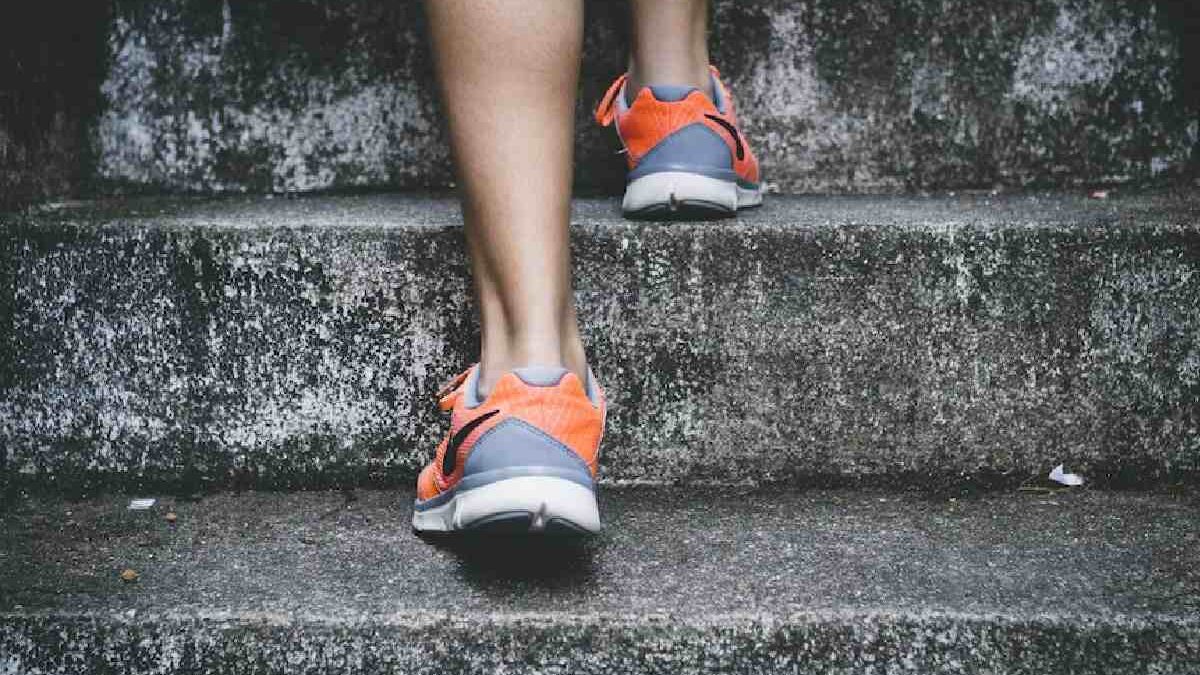Favorable ways for the health – At a personal level as well as in a group, there are ways and means of behaving that are more favorable for health, compared to others that may be more unfavorable. This derives in the concept of “lifestyle”, defined as the “set of guidelines and daily behavioral habits of a person” . Or, as Mendoza (1994) proposes: “The lifestyle can defined as the set of behaviour patterns that characterize the general way of living of an individual or group” (Sánchez Banuelos, 1996; Casimira, 1999).
Define lifestyle as
Casimir (1999) define lifestyle as ” the behaviour of a person, both from an individual point of view and from their group relationships, which is built around a series of common behavioral patterns “. Gutiérrez (2000) defines it as ” the way of living that a person or group adopts, the way they spend their free time, consumption, eating habits, hygienic habits…”.
Health Promotion Glossary
The Health Promotion Glossary (WHO, 1999) defines a person’s lifestyle as that “composed of their habitual reactions and behavior patterns that they have developed during their socialization processes. These patterns learned in the relationship with parents, peers, friends and siblings, or by the influence of school, the media, etc. These behavior patterns are continually interpreted and tested in various social situations and, therefore, are not fixed, but are subject to change.”
Major types of factors that interact with each
Taking these definitions into account, we affirm that a person’s lifestyles determined by four major types of factors that interact with each other (Mendoza, 1994), and whose division is not rigid, but rather all of them jointly shape lifestyles. life of individuals and groups:
– Individual characteristics: personality, interests, education received…
– Characteristics of the microsocial environment in which the individual lives: home, family, friends, work or student environment…
– Macrosocial factors: social system, the prevailing culture, the media…
– The geographical, physical environment that influences the prevailing living conditions in society and, in turn, modified by human action.
geographical environment on lifestyle
An example of the influence of the geographical environment on lifestyle has been verified in the clear predominance of physical activity in those communities located in the northern half. Compared to those located in the east or south.
These data underline the importance of climate as a modifying agent of human behaviour, in this case, of physical activity, confirming that high temperatures predispose to less physical activity (Miquel, 1998).
Thus, the modification of a macrosocial factor such as the appearance of television or the current computer bombardment, entails a significant change in lifestyle,
Causing, for example, that a child who used to play in the street now does so sitting with a videogame. These behaviors are sometimes more influenced by the media than by free and individual decisions (Casimiro, 2000).
Healthy lifestyles:
Based on individual characteristics, healthy lifestyles can understood as beneficial behavioral patterns for health that learned and arise from internal conscious unconscious individual choice.
It is conscious because the individual chooses among a wide range of behaviors that are available in her social environment, and unconscious since the surrounding social and environmental conditions influence her choice (Gutiérrez, 2000).
Mendoza (1994) states: ” A certain society there is not a single healthy lifestyle, whatever the definition of health that adopted. The ideal healthy lifestyle does not exist, fortunately, because it would imply that only one a certain way of coping daily with the reality in which one lives is healthy. Furthermore, any lifestyle globally qualified as healthy may contain unhealthy elements, or healthy in one sense but not in another .”

